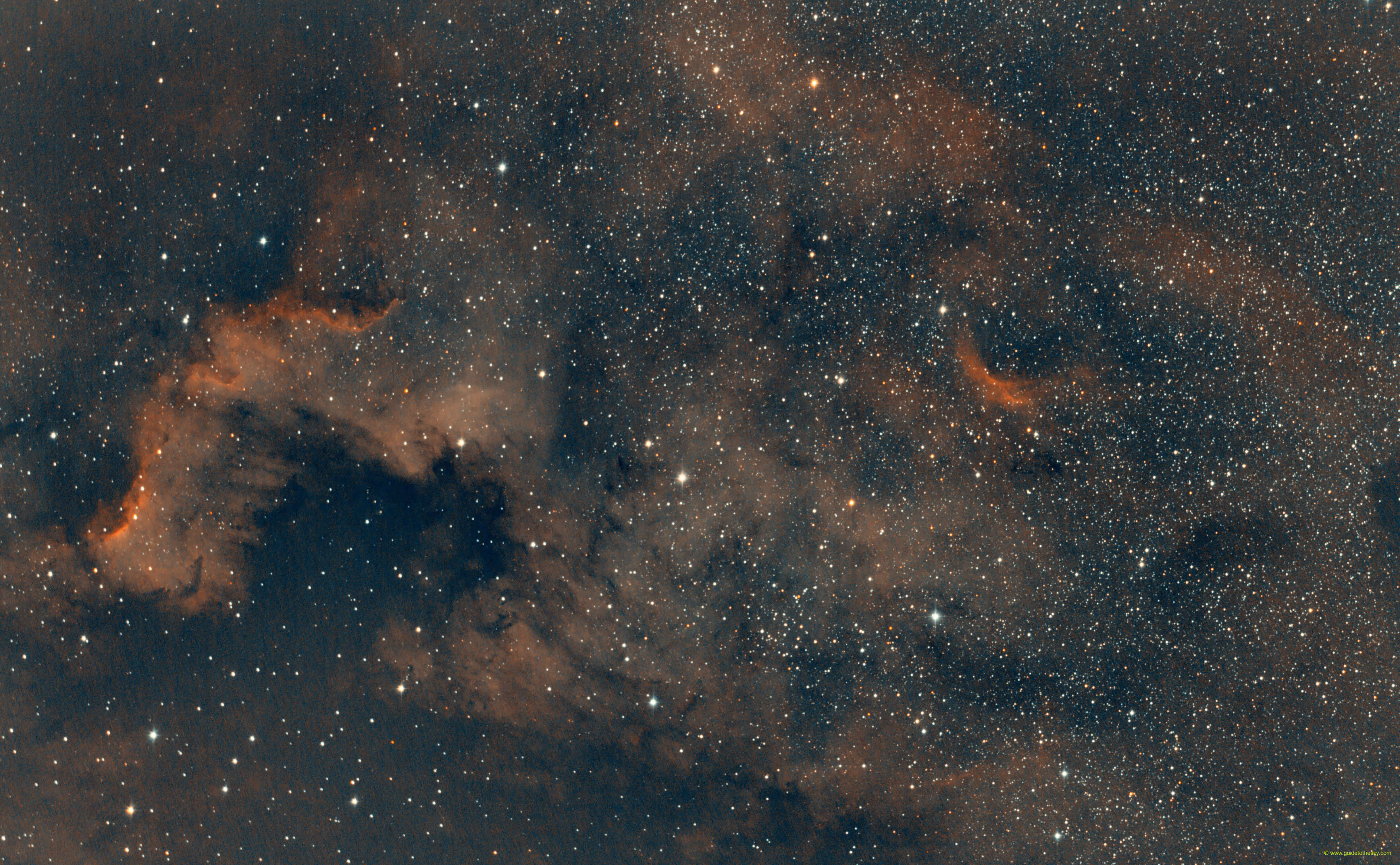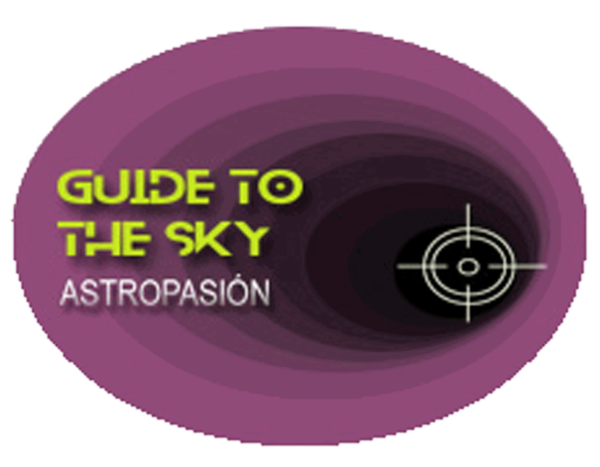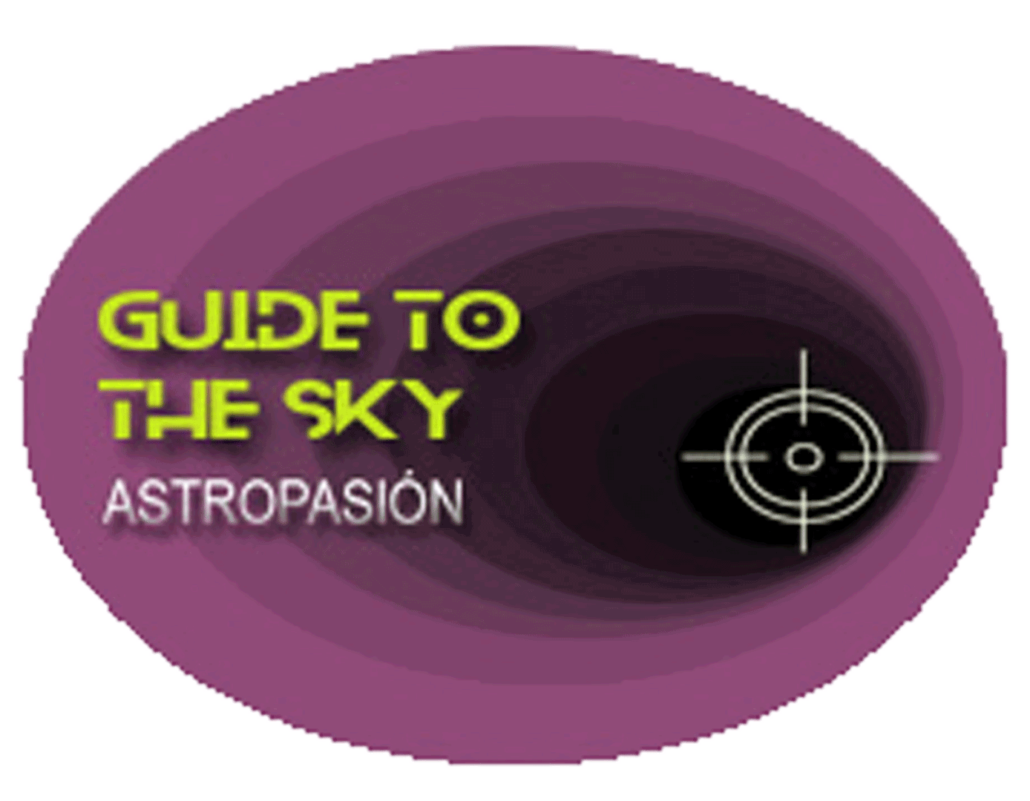NGC 7000 - Cygnus

NGC7000 - Nebulosa de Norteamérica - en la IA
NGC 7000 refers to the North America Nebula, a well-known and visually striking emission nebula located in the constellation Cygnus (the Swan). Here's a breakdown of what makes it interesting:
What is it?
-
Emission Nebula: NGC 7000 is a cloud of glowing gas, primarily hydrogen, that is ionized by the intense radiation from young, hot stars. The radiation strips electrons from the hydrogen atoms, and when the electrons recombine, they emit light at specific wavelengths, including the characteristic red glow of hydrogen-alpha (Hα).
-
Shape: Its name comes from its resemblance to the continent of North America. You can see a distinct "Gulf of Mexico," "Florida" peninsula, and a general outline of the rest of the continent. Of course, this is a projection effect and the actual nebula is a complex 3D structure.
-
Distance: It is located approximately 1,600 light-years away from Earth.
-
Size: It spans an area of about 120 light-years across, making it a relatively large object in the sky.
Key Features and Things to Know:
-
Excitation Source: The exact star (or stars) responsible for ionizing the nebula is still a matter of some debate. One leading candidate is the star HD 199579, a hot, bright, blue star located near the "Gulf of Mexico" region of the nebula. Other stars in the Cygnus OB2 association might also contribute.
-
Dark Nebula "Cygnus Wall": The "Cygnus Wall" is a prominent feature, a dense region of dust and gas that appears as a dark band cutting through the nebula. It's the most prominent border. This wall is where new stars are likely being formed.
-
The Pelican Nebula (IC 5070): The North America Nebula is often associated with the nearby Pelican Nebula (IC 5070). They are physically connected and share a similar excitation source. They form a stunning pair in wide-field images.
-
Observing:
- Visual Observing: Due to its large size and faintness, the North America Nebula is best observed with binoculars or a small telescope with a wide field of view and a narrowband filter (like an Hα filter or an OIII filter). These filters block out much of the unwanted light pollution and help to reveal the nebula's structure. Dark skies are essential.
- Astrophotography: NGC 7000 is a popular target for astrophotography. Long exposures and narrowband filters can bring out the intricate details and vibrant colors of the nebula. Many stunning images are available online.
Why is it Important?
-
Star Formation: The North America Nebula and the Pelican Nebula are active star-forming regions. Studying these nebulae helps astronomers understand the processes of star birth and the evolution of interstellar clouds.
-
Interstellar Medium: These nebulae are part of the interstellar medium (ISM), the matter that exists between stars in a galaxy. Studying them provides insights into the composition, density, and dynamics of the ISM.
In summary, the North America Nebula (NGC 7000) is a beautiful and scientifically significant emission nebula, easily recognizable by its distinctive shape. It's a prime example of star formation in action and a fascinating object to observe or photograph.
Más información sobre NGC 7000 en NASA/IPAC.
Mapa alrededor de NGC 7000
Otros identificadores de NGC7000:
"Villafranca O-014" ,"Villafranca O-014 NW" ,"CTB 100" ,"LBN 085.75-01.48" ,"LBN 373" ,"NAME NORTH AMER NEB" ,"NAME North America" ,"NGC 7000" ,"NRL 21" ,"SH 2-117" ,"[DGW65] 138" ,"[PT56] 49" ,"GRS G084.70 -01.00" ,"NAME North America Nebula","NAME Bermuda Cluster" ,

